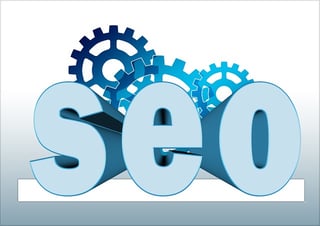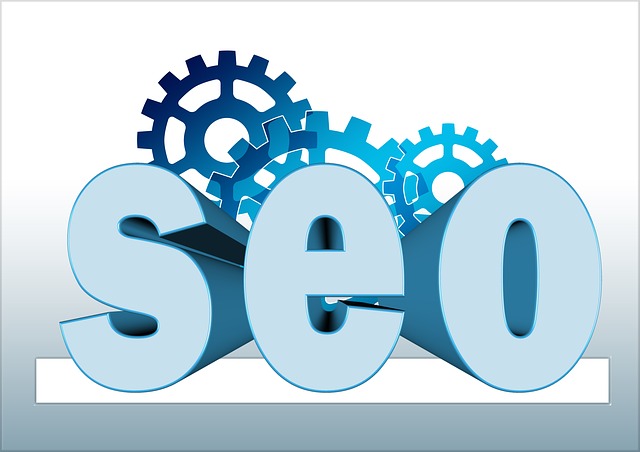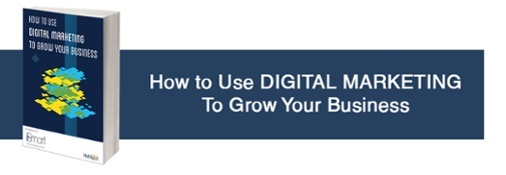By iSmart Team on Jul 13, 2017 10:15:00 AM
 This blogpost is extracted by Charing Kam from our new eBook, How To Use Digital Marketing To Grow Your Business.
This blogpost is extracted by Charing Kam from our new eBook, How To Use Digital Marketing To Grow Your Business.
In the past, the goal of SEO was to impress (or trick) the search engines so that they’d give you higher rankings by gaming backlinks and adding as many keywords on a page as possible — with the ultimate goal being to achieve the coveted #1 spot in the search results for one of your target keywords.
Today, search engines are smarter. They can tell the difference between spammy websites that are designed to game the system, and legitimate websites that are providing relevant high-quality content. Modern SEO is about optimising for the searchers, not just the search engines.
With this being said, see the 5 elements you need to optimize:
- Page Titles
A page title is the text you see at the top of your browser window when viewing a web page. It’s also the title of the page that is presented in search engine results. Page titles can be found and edited in your site’s HTML. The text that is surrounded with the <title> tag is your page’s title.
- Meta Descriptions
A meta description is a short summary that you can write for a web page, which search engines display in search results.
These descriptions don’t count toward search engine rankings, but they are still incredibly useful for increasing click-through rate. When creating a description, the goal should be to write compelling copy that actually describes what’s on a page so searchers are enticed to visit your website over another that appears in the same results page.
- Headings
If a piece of text appears larger or more prominent than the other text on a page, it’s probably part of a heading. You can verify this by checking the HTML code of a webpage and looking for text within an <h1>, <h2>, or <h3> tag surrounding it.
Both search engines and searchers tend to pay more attention to headings in comparison with regular paragraph text because their larger size denotes the topic of a section. Many readers may scan your blog post, for example, until the find a section that addresses their specific query. It’s a good idea to include keywords in your headings whenever possible.
Keep in mind that <h1> tags give the text more weight as keywords than <h2> or <h3> tags. Including too many headings dilutes the importance of keywords in other headings, so we recommend using the <h1> tag only once. If the page is text-heavy (like a blog post), then feel free to break up the content with multiple <h2> tags as section headers, and <h3> tags as paragraph titles.
- Images
Images on a web page can enhance user experience. When inserting images into your website, however, you should keep in mind the following:
- Don’t use images excessively. More pictures can slow down the loading of your page, thus negatively impacting both user experience and SEO — search engines take page loading time into account in their ranking algorithms.
- Customise the “alt text” of an image. For various reasons, the images on your site may fail to render. To ensure that visitors can still understand the information you’re presenting in the image, customise the “alt text” attribute of an image to describe the image. This will also help search engines understand that your image is relevant to the page, which is factored into search algorithms and will help you draw in relevant traffic from image searches. When writing alt tags, separate words with a dash (-).
- URL Structure
The URL of a web page is its web address. For example, HubSpot’s blog has a URL of http://blog.hubspot.com. URL structure refers to how the text in a URL is organised, as well as how the different URLs on your website interact with one another.





comments